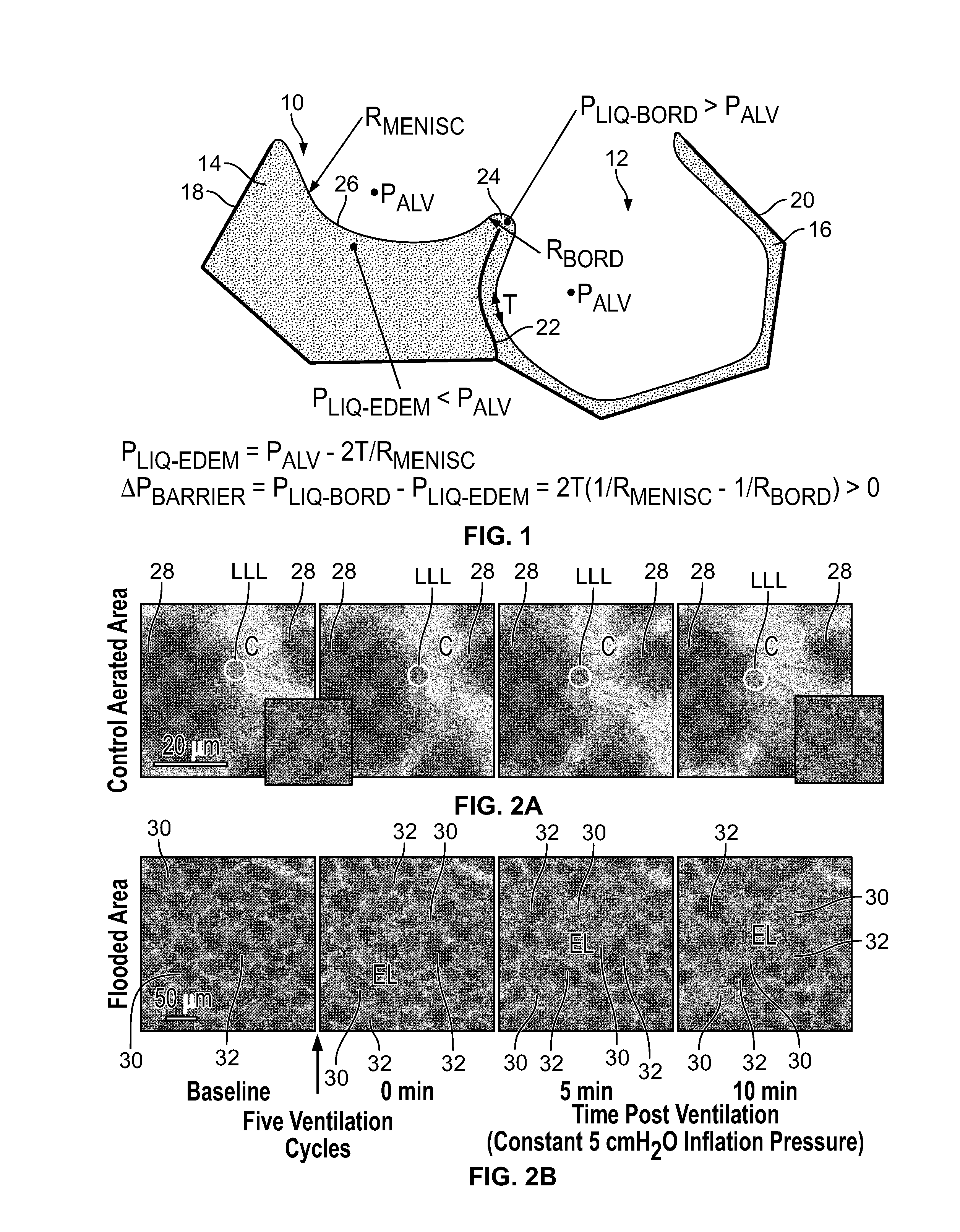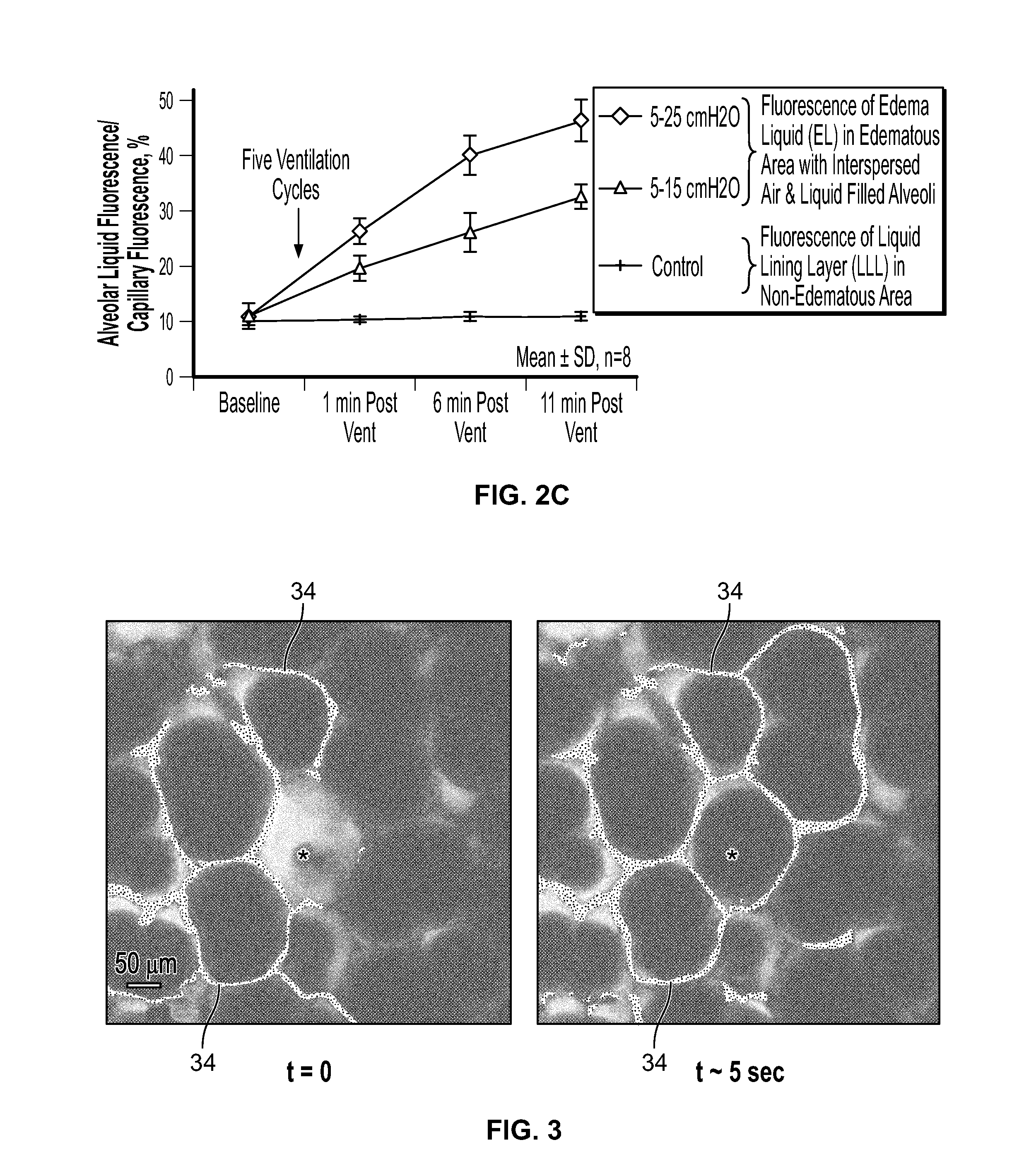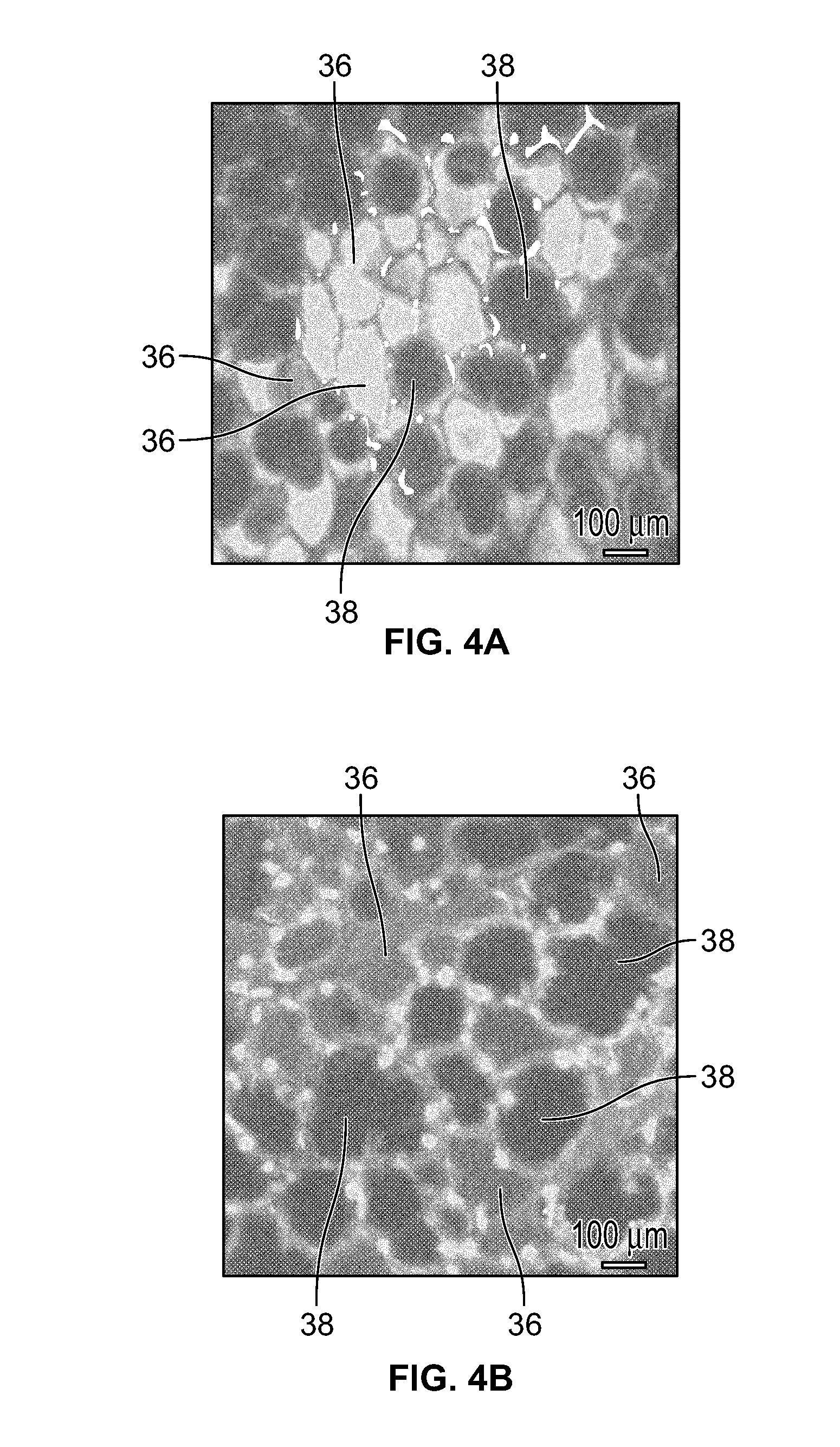Reducing ventilator-induced lung injury
a ventilator and lung technology, applied in the field of reducing ventilator-induced lung injury, can solve the problems of reduced lung compliance, gas exchange interference, and reduced compliance, and achieve the effect of reducing compliance and further affecting gas exchang
- Summary
- Abstract
- Description
- Claims
- Application Information
AI Technical Summary
Benefits of technology
Problems solved by technology
Method used
Image
Examples
example
[0094]In isolated, perfused rat lungs, it was investigated whether acceleration of deflation with application of vacuum pressure during mechanical ventilation could promote liquid escape from flooded alveoli.
Materials and Methods
[0095]Isolated, Perfused Lung Preparation.
[0096]All animals were handled in accord with a protocol approved by the Stevens Institute of Technology Institutional Animal Care and Use Committee. Male Sprague-Dawley rats (n=20, 320-340 g) were anesthetized (2.5-4% isoflurane in 100% oxygen) and the isolated, perfused rat lung was prepared as detailed previously (see, Wu Y, Perlman C E, In situ methods for assessing alveolar mechanics, J Appl Physiol 112: 519-526, 2012, which is hereby incorporated by reference herein). The lungs were positioned with the costal surface upward; pulmonary arterial and left atrial cannulas were connected to a perfusion circuit; and the lungs were initially inflated PAW of 30 cmH2O. PAW was then reduced to a constant baseline value o...
PUM
 Login to View More
Login to View More Abstract
Description
Claims
Application Information
 Login to View More
Login to View More - R&D
- Intellectual Property
- Life Sciences
- Materials
- Tech Scout
- Unparalleled Data Quality
- Higher Quality Content
- 60% Fewer Hallucinations
Browse by: Latest US Patents, China's latest patents, Technical Efficacy Thesaurus, Application Domain, Technology Topic, Popular Technical Reports.
© 2025 PatSnap. All rights reserved.Legal|Privacy policy|Modern Slavery Act Transparency Statement|Sitemap|About US| Contact US: help@patsnap.com



